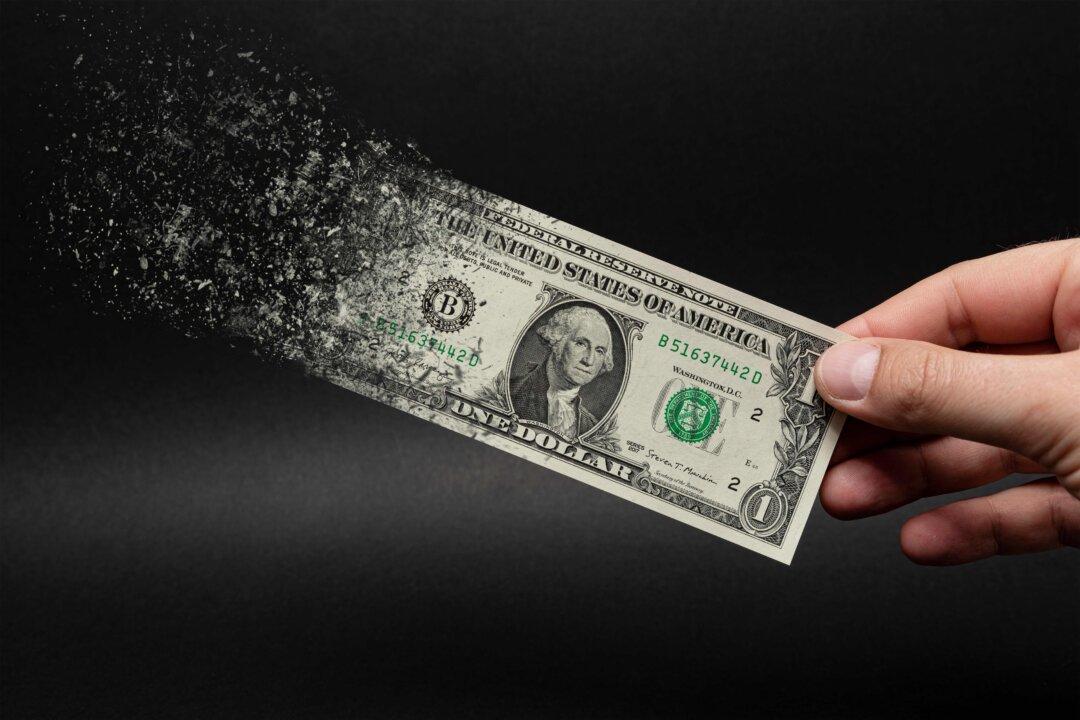Commentary
This morning’s jobs numbers stunned the markets, printing at 336,000 new jobs across a wide category of employment, against consensus market expectations of 170,000. Revisions also stunned, adding another net 139,000 more jobs for July and August. The unemployment rate printed at 3.8 percent.





